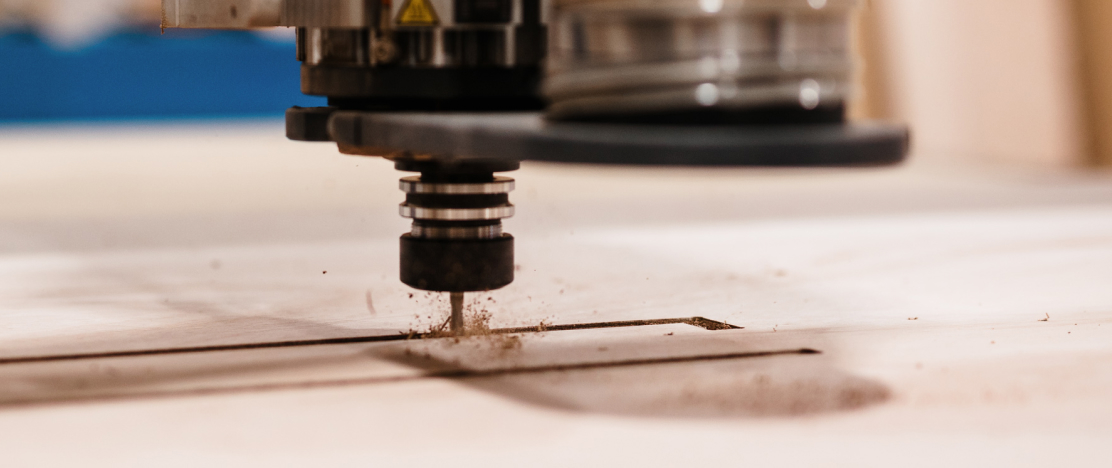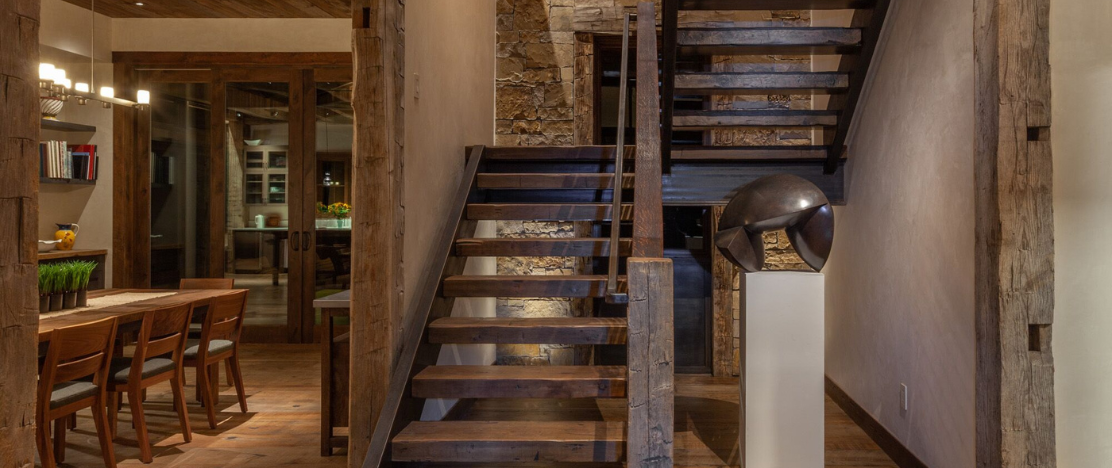Wood Texture Options: Rough Sawn, Skip-Dressed, Fresh Sawn, and Dressed
When purchasing lumbers and timbers, you’ll be confronted with wood texture (sometimes called finishing) options. Understanding the difference between rough sawn, fresh sawn, skip-dressed, and dressed lumber might seem overwhelming, but it’s actually very straightforward!
| Texture | Roughness |
|---|---|
| Rough Sawn | High |
| Fresh Sawn | Medium |
| Skip-dressed | Low |
| Dressed | None |
What is rough sawn timber?
Sometimes called rough cut lumber, this texture is the least processed. Logs are cut into planks or slabs at high speeds with a saw resulting in a rough surface with distinct saw marks.
Most of our rough sawn timber is kiln dried.
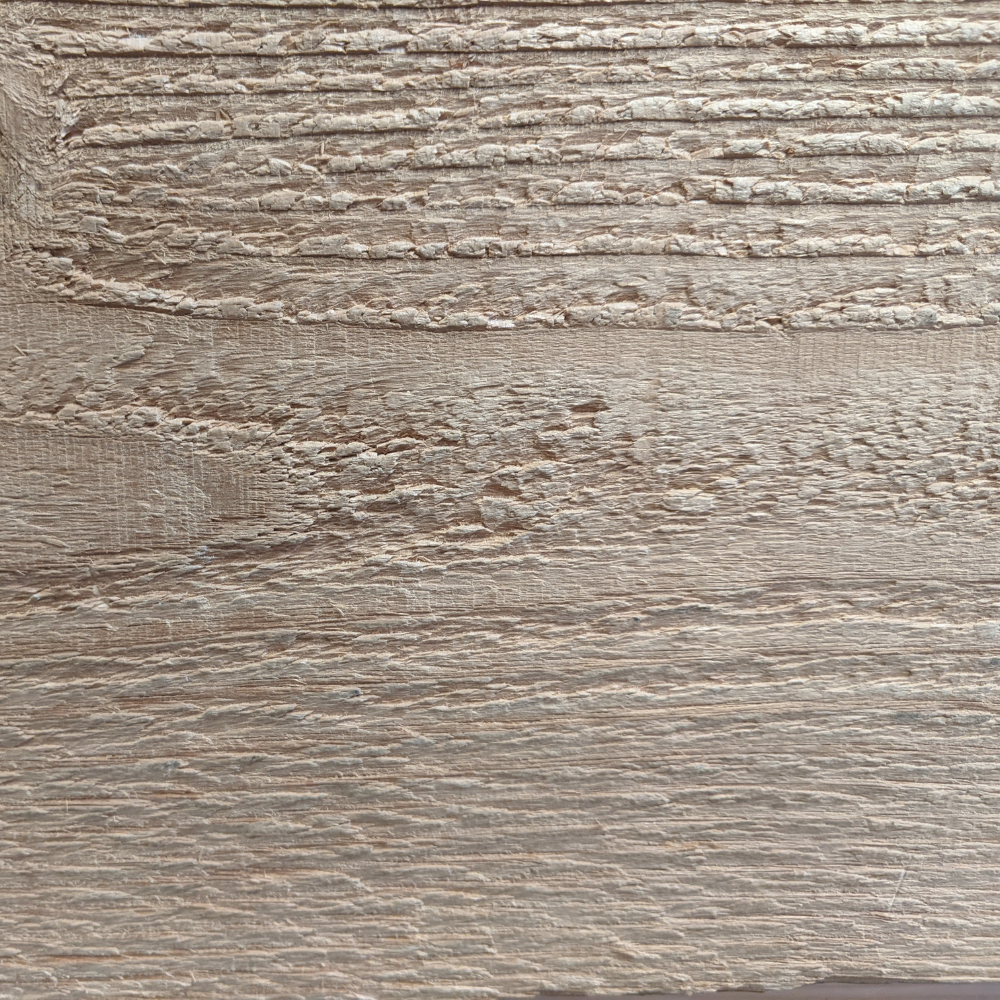
Historically, rough sawn wood was used in timber beam applications, where the strength of the wood was more important than its appearance. Recently, the rustic feel of rough sawn timber has become a popular design choice. Bars, cafes, retail stores, and homeowners are using rough sawn material in interior and exterior designs.
Rough sawn wood is particularly popular in outdoor siding. Not only does it add unique charm, it also soaks up stain better than smooth siding. Looking for information on unfinished wood siding options? Read our article: Unfinished Wood Siding Guide.
Additional notes about rough sawn lumber:
- Dimensions are usually true. A 2×4 board would actually measure 2” thick and 4” wide (when freshly cut).
- Wood will shrink as it dries and could twist, warp, or crack. The amount of twisting and cracking depends on the species and environmental conditions.
- Note: Splits and cracks in the wood are natural and do not always affect the strength of the lumber.
Did You Know?
All of our Douglas fir timbers are free-of-heart-center, which means the heart of the tree is avoided when cutting the timber making the beams less likely to check, crack, or warp over time. Additionally, we only purchase timbers stamped #1 structural to certify their use in structural applications.
What is fresh sawn timber?
Fresh sawn timber is wood processed with a band saw. The smaller-toothed blade reveals the natural colour of the wood and a smoother surface (compared to rough sawn).
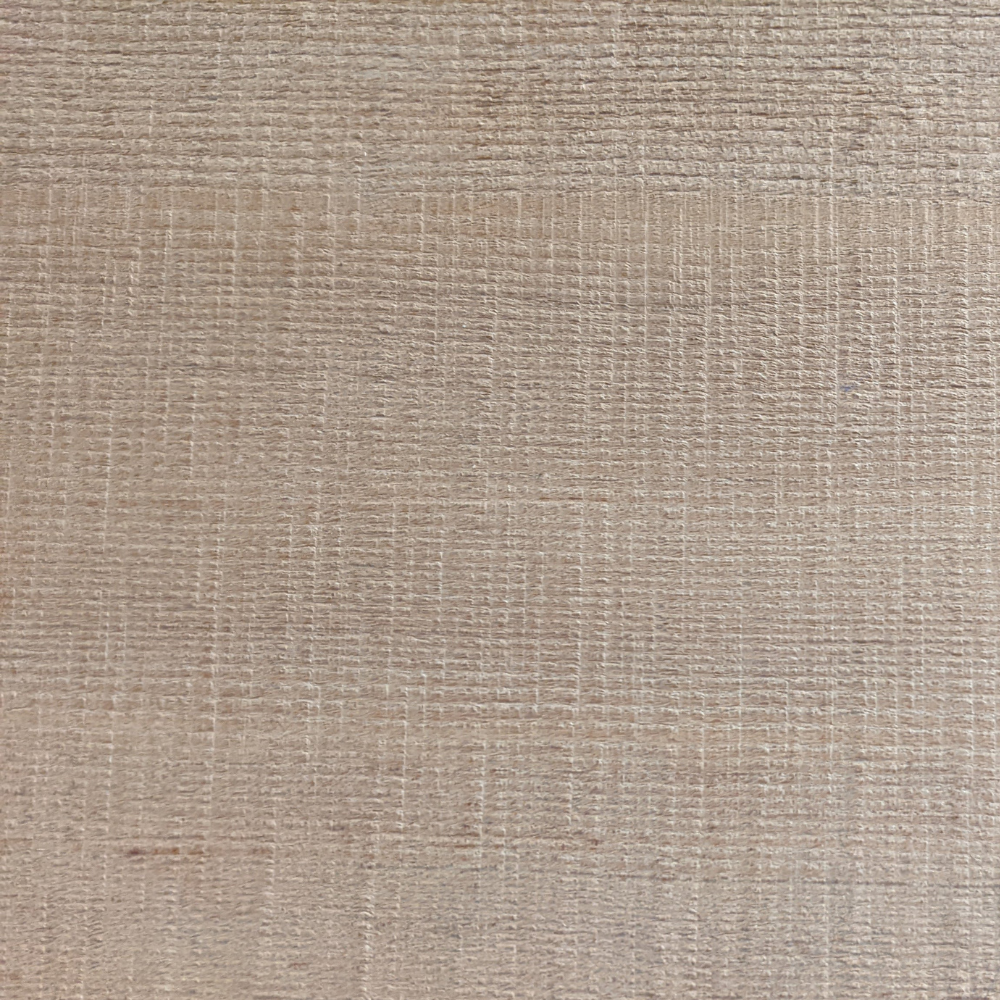
Fresh sawn timber is usually green or air dried.
Fresh sawn wood is very similar to that of rough sawn – the difference is how they’re cut. The blade on this finish is smaller, resulting in a more evened surface but still rough to the touch.
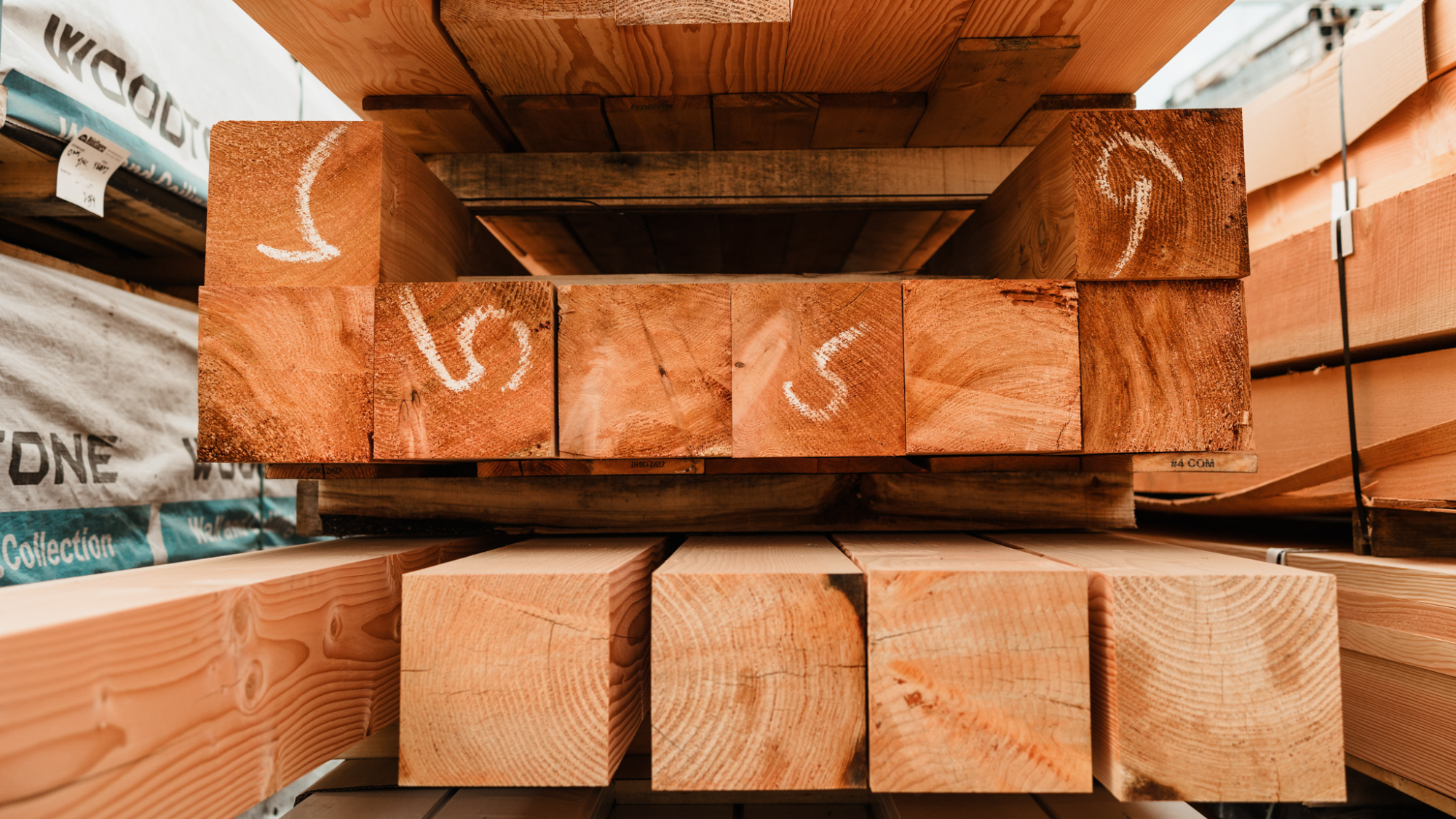
Often times, people choose fresh sawn because it creates a rustic look without the weathered appearance. To preserve the fresh sawn appearance of the timber, there are two categories of coatings that can be used.
- Surface coatings: sit on top of the wood to protect it from UV and moisture.
- Penetrative coatings: soak into the wood to provide protection from the inside out.
What is skip-dressed lumber?
When boards are machined with a light pass, they’re classified as skip-dressed. The surface is inconsistent, with smooth and textured areas scattered throughout the board.
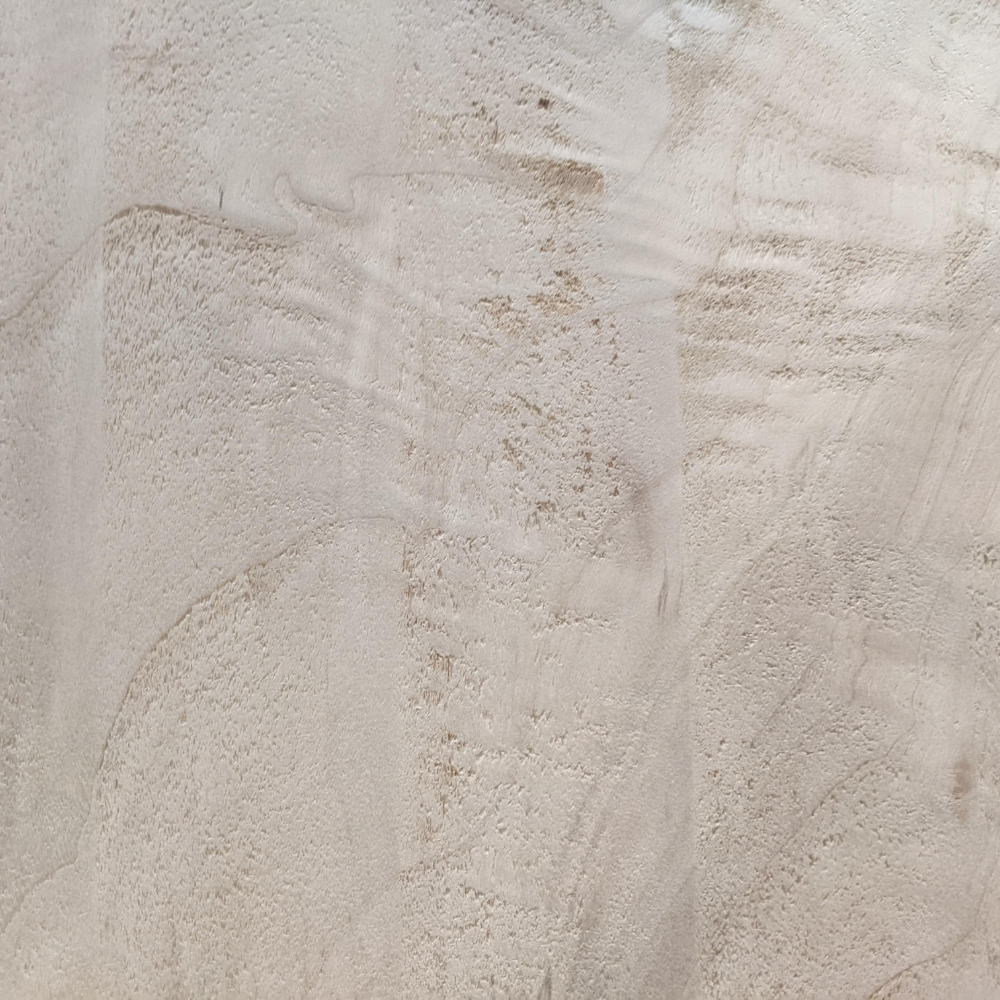
Generally, skip-dressed material is air dried or kiln dried.
Skip-dressed material is passed through a planer, sander, or even CNC machined. The main purpose is to knock down high points and reveal the grain.
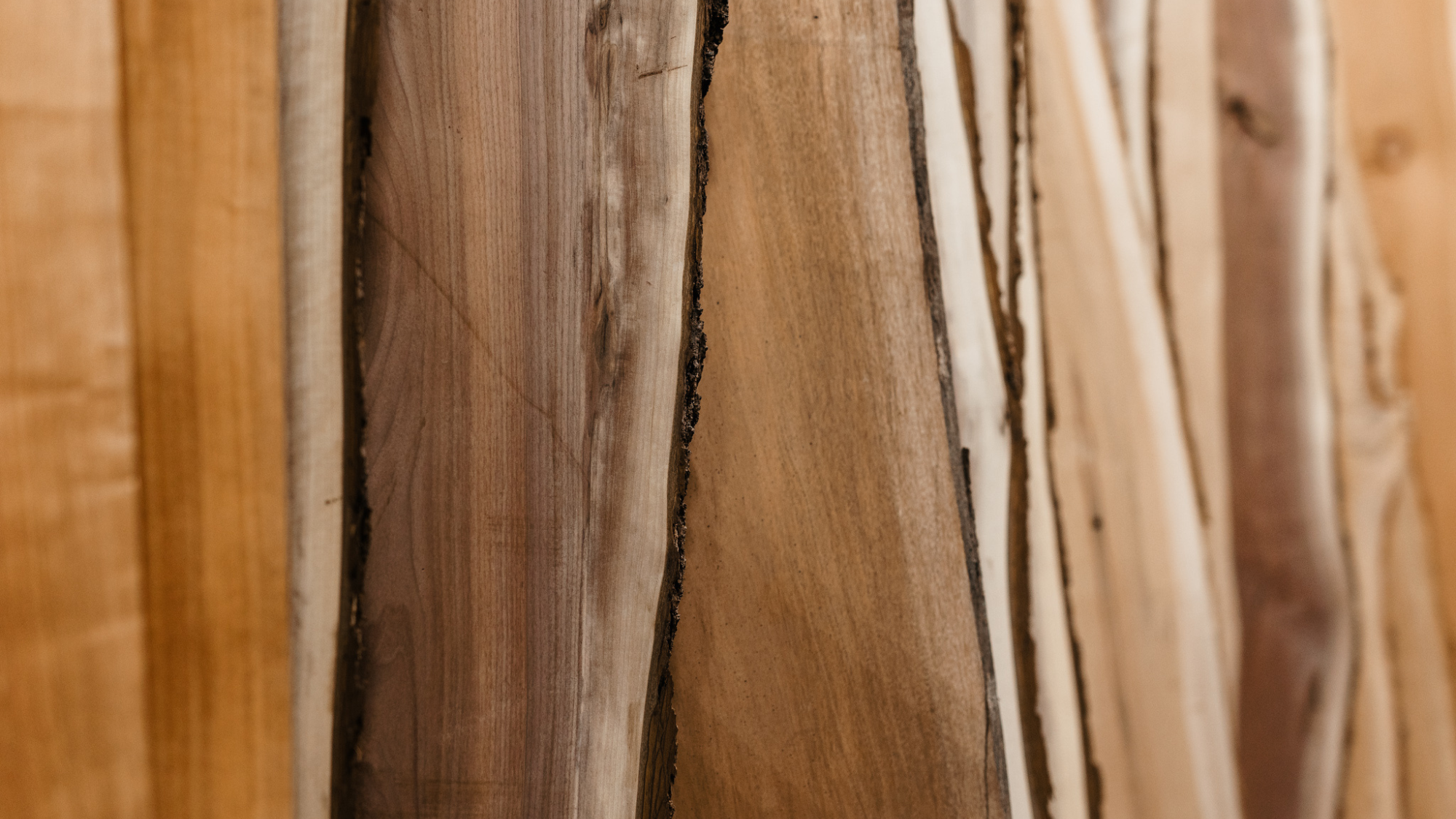
People choose this finish if they plan on finishing the wood themselves, or if they’re working on a project that requires an antique or rustic finish. Because of the texture, it’s not recommended to use this type of wood for sitting surfaces such as stools or benches without further sanding. If used as is, skip-dressed lumber is best reserved for bar tops, desks, nightstands, or wall art.
At The WoodSource, the only product we sell skip-dressed is live edge slabs. Everything else is either sold rough sawn, fresh sawn, or dressed.
What is dressed timber?
Dressed timber is smooth to the touch. This ready-to-use finish is the best choice for customers who don’t have access to jointers or planers, or who want finish-ready wood.
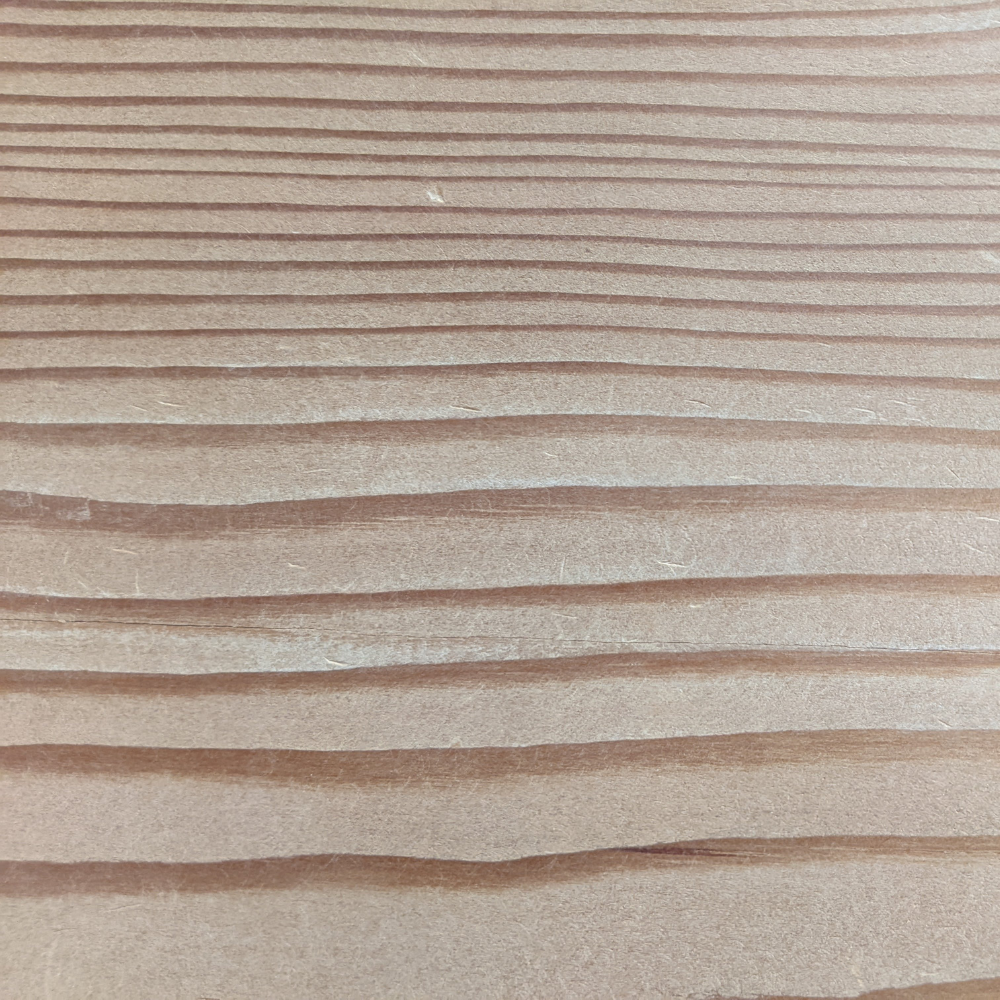
Dressed lumber is usually kiln-dried, whereas dressed timber is usually green.
Dressed timber is commonly known as the finest finish, because of how thoroughly polished and smooth the wood is. It’s most commonly used in projects that demand sharp aesthetics and a finished look.
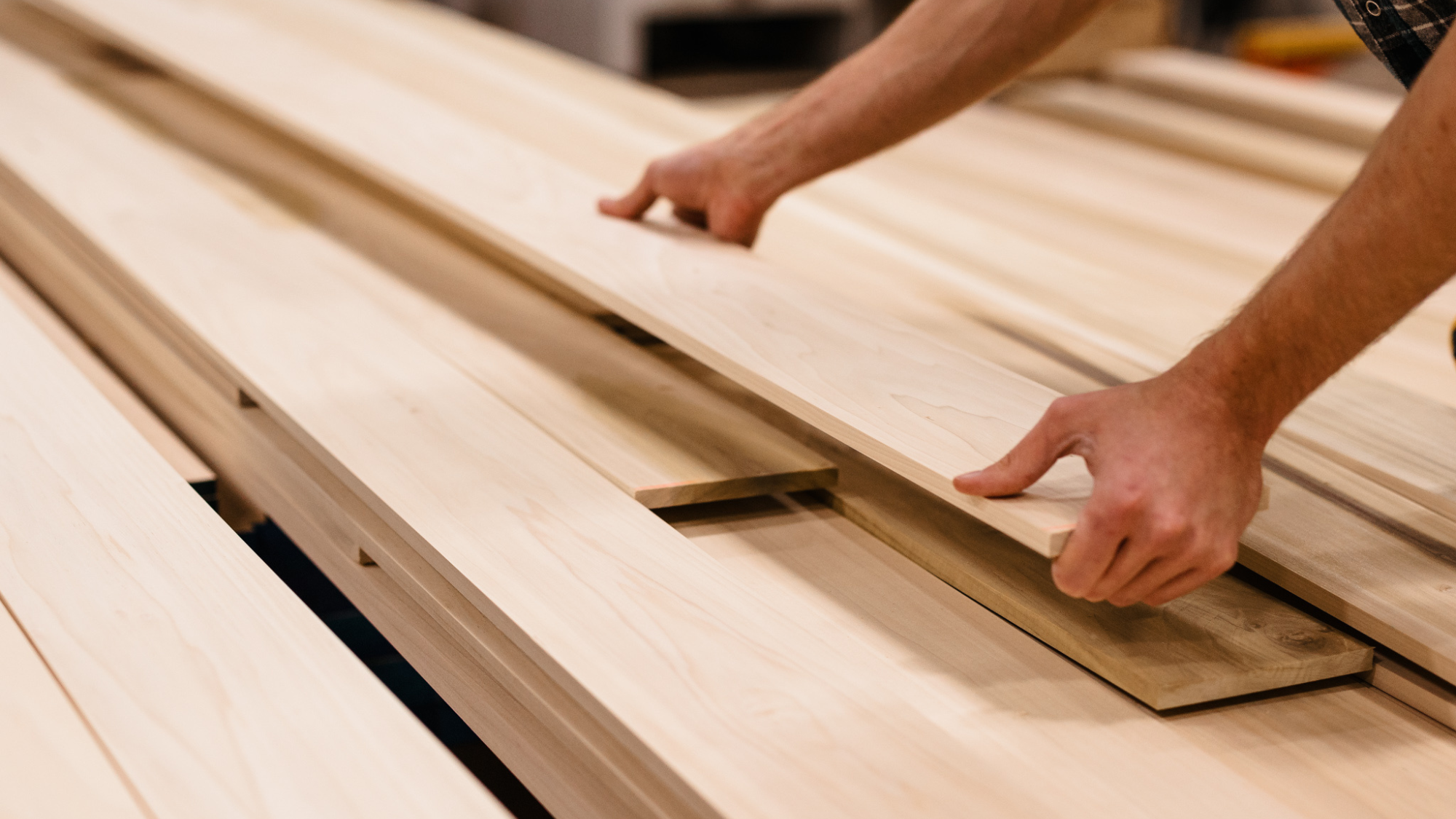
Most often, material is D4S (dressed four sides); however, sometimes only one of the faces is dressed. Wood that is dressed one face is used in applications where the other face won’t be seen, like a deck or sauna.
One thing to remember about dressed lumber is that the nominal (listed) dimensions are not the actual dimensions. After repeatedly going through a planer or sander, the finished product will be smaller than the listed measurements. This is why a 2×4 isn’t actually 2” x 4”!
When it comes to deciding which texture is right for your project, there are a few factors to take into account:
- Aesthetic: Each finish has a distinct design style. Rough and fresh sawn lumber is often used in rustic designs, while dressed lumber has more of a modern/contemporary feel.
- Budget: A rough texture is typically less expensive than dressed, although it can then require more time or effort to finish your project. Fresh sawn timbers are typically slightly more expensive than their dressed alternative due to the methods used during manufacturing.
If you need assistance to decide which wood texture will look the best for your project, reach out to one of our knowledgeable sales members – they’re always happy to help!
Get in touch to learn more about our lumber and timber options.
"*" indicates required fields
